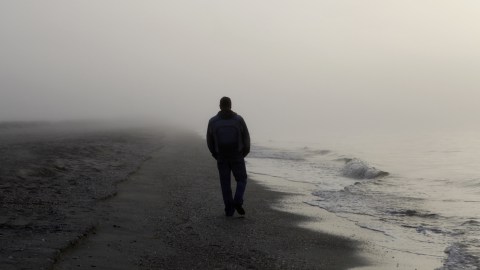How to Treat Your Seasonal Affective Disorder

Seasonal affective disorder (or, fittingly enough, SAD) is the reason some people get depressed in the wintertime. The body’s circadian rhythms fail to gel with the changing times of sunrises and sunsets. Irritation grows. Moods sour. Things get glum. By now, you know the drill.
Over at Vox, Joseph Stromberg has a piece up all about the science behind SAD (which is interesting and worth a look) and specific strategies for how to deal with it (perhaps more relevant to our needs at the moment):
“Light therapy is a highly effective treatment for SAD for most people. It basically involves sitting next to a special type of light box that emits a broad spectrum of light for 30 minutes or so. Here are some guidelines for picking out a good one.
When scientists thought that SAD was simply caused by insufficient light exposure, they recommended doing this twice a day, extending the day in the morning and in the evening. But now, it’s generally thought that a morning dose of light — right when you wake up — is best for synchronizing your circadian rhythms with the time you actually spend awake.”
Of course, Stromberg notes that those whose rhythms are misaligned should opt for light treatment in the evening. This is similar advice, at least in theory, to strategies for overcoming jet lag.
One other thing Stromberg suggests is that no matter whether you do or don’t decide to try and treat your SAD, you should go see a doctor anyway just to be certain. Again, for all the scientific knowledge behind SAD, be sure to read his piece over at Vox (linked below).
Read more at Vox
Photo credit: Karuka / Shutterstock





